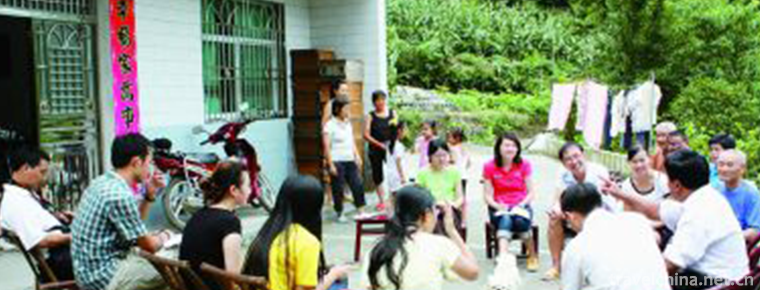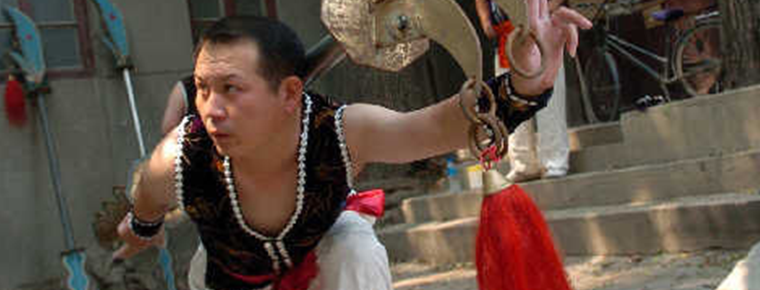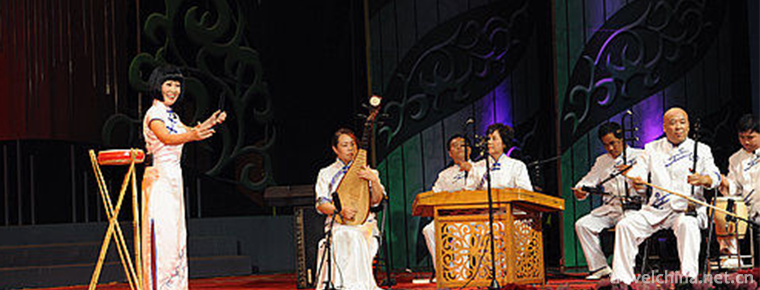How long does it take for Chengdu to get to the giant panda base
When you come to Chengdu, you must come and see the lovely giant panda. The nearest panda base to the city is the giant panda breeding research base. How long does it take from Chengdu to the giant panda base?
Giant Panda Breeding Research Base
Address: no.1375, panda Avenue, Waibei, Chenghua District, Chengdu, Sichuan Province (15 km away from the city center)
How to get to the giant panda breeding research base?
1. Bus: take the bus from the city to the zoo bus station. You can get to the panda base in 198a or 198.
2. Scenic spot through train: from Kuanzhai alley or Dufu thatched cottage, there is a through train to these scenic spots. There is no need to transfer. It is very convenient for foreign tourists to visit multiple scenic spots in one day.
3. Airport panda base: take bus No.303 of Shuangliu International Airport to "Provincial Gymnasium station", transfer to bus No.99 to "zoo station", and then transfer to bus No.87 or no.198 to "panda base station". The whole journey is about 37 km and takes about 2 hours and 20 minutes.
4. Chengdu North Railway Station - Panda Base: take bus No.9 to "zoo station", and transfer to bus No.87 or no.198 to "panda base station". The whole journey is about 11 km and takes about 1 hour.
5. Chengdu City - Panda Base: take the bus to the zoo bus station in the urban area, and then change to bus No.87 or no.198 to the "panda base station". It takes about 1 hour and 30 minutes
6. Taxi: about 50 yuan from downtown to panda base.
7. If you think it's expensive to take a taxi, or if it's troublesome to transfer to a bus, you can buy a one-day round-trip and send it directly to the scenic spot, which is round-trip, including tickets.
Through train:
Specific departure time:
Wuhou Temple / Jinli (starting point) - Panda Base (25km)
Departure time: 8:30-15:00 (half an hour)
Return time: 9:30-18:00
Kuanzhaixiang (starting point) - Panda Base (25km)
Departure time: 8:30-14:30 (every hour)
Return time: 9:30-17:30 (every hour)
Chengdu east bus / train station (departure point) - Panda Base (30km)
Departure time: 8:30-15:00 (every hour)
Return time: 9:30-18:00 (every hour)
Panda base (starting point) - Sanxingdui site (43km)
Departure time: 12:30
Return time: 15:30 16:00 (back to Wuhou Temple)
Panda base airport: take the bus to Wuhou Temple or Kuanzhai alley, and then transfer to the airport
Panda base Dujiangyan: take the bus to Wuhou Temple or Kuanzhai alley, and then transfer to the airport

-
Chill chicken rice noodles
Cold chicken noodles, Yunnan snacks, cold rice noodles with ....
Views: 268 Time 2018-10-17 -
qikongqigong
Qigong (qigong) is a traditional Chinese method of health care, health preservation and disease elimination. Ancient or "Dandao" is a kind of physical .
Views: 104 Time 2018-11-13 -
A harmonic
A harmonic, also known as Dabu Ah Hsiang, means "the song of laborers", originated from a form of labor called "Da Ah Hsiang" among Tibetan people..
Views: 232 Time 2019-03-29 -
The Story of Duzhenwan
Duzhenwan stories cover myths and legends, life stories, ghosts, foxes, ghosts and other fields, including conspiracy, good and evil, kindness and hatred and other different types.
Views: 159 Time 2019-04-28 -
hubei drum
The original name of Hubei drum is "drum book", also known as "drum storytelling" and "drum Beijing tune", etc. It is a traditional rap art popular in Xiaogan.
Views: 149 Time 2019-05-03 -
Fouriers Magic
Fu Tenglong, a national first-class actor and famous magic performer, is a member of the art team in the 1950s. Fu Tenglong was born in a magic family. He is an international magician who integrates p.
Views: 342 Time 2019-05-04 -
Hui Heavy Knife Wushu
Heavy knife is the original name of big knife. It is a traditional weapon around Beijing and Tianjin. It has a history of thousands of years in China. The original name of Jinmen.
Views: 167 Time 2019-05-04 -
Jiangzi dama Festival
Dama Festival: It is a traditional Tibetan program with unique style in Jiangzi area of Tibet. It is said that the first Dama Festival is a horse race and archery competition held to celebrate the com.
Views: 165 Time 2019-05-05 -
Sanxianshu
Sanxianshu, also known as Qianzi Shu and Leg Blackboard Shu, is an ancient traditional rap art formed in Nanyang, Henan Province. It has a history of more than 250 years. It is named for its main acco.
Views: 115 Time 2019-06-12 -
Guang fan Lu
Bian Guang fan, Zi Yi, was born in the first year of Tang Zhaozong's Tianfu (901 years). Emperor Taizu of Song Kai Po six years (973 years), and the state of Yangqu (now Shanxi Taiyuan Yangqu), he has.
Views: 184 Time 2019-09-14 -
Zigong Salt History Museum
Zigong Salt History Museum is located in the center of Zigong, Sichuan Province. It was built in 1959. It is one of the earliest professional museums in the history of Chinese museum development. It is still the only Museum of salt history in China. On May 18, 2017, it was promoted to the third batch of national first-class museums. .
Views: 165 Time 2020-10-15 -
wolong national nature reserve
Wolong Nature Reserve is located in the southwest of Wenchuan County, Aba Tibetan and Qiang Autonomous Prefecture, Sichuan Province, on the southeast slope of Qionglai mountains, 130 kilometers away from Chengdu.
Views: 249 Time 2020-11-06









